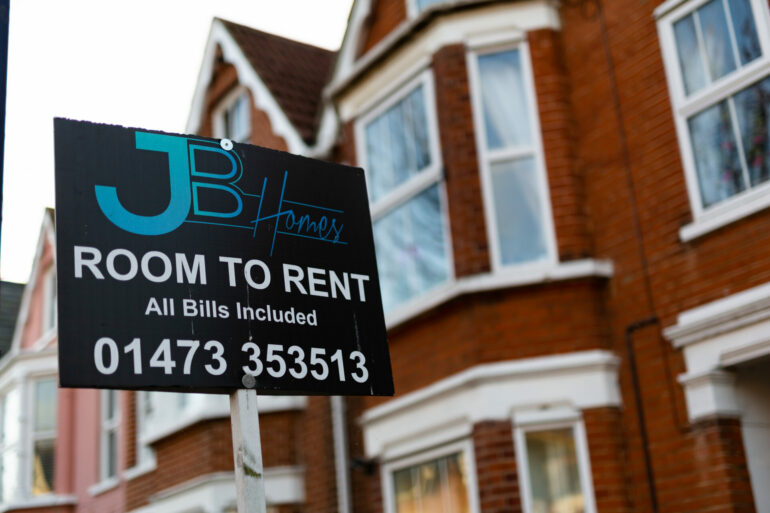Prime rental growth remained steady in the last three months, despite upcoming regulatory changes, according to Savills’ latest prime index.
The index showed that prime central London saw the biggest rise in growth since September 2023.
Jessica Tomlinson, research analyst at Savills, said: “The Renters’ Rights Bill has been simmering in the background for the past two years but is finally in its final stages of scrutiny.
“It’s potential to reshape the UK lettings landscape looms large, and landlords and tenants can expect a shift in their experience of the market, which for some will feel more radical and sooner than expected.
“But for now, its impact has been limited. Whilst we did see early discussions regarding the Bill cause some market disruption, with landlords considering exiting, of Savills tenancies that ended in 2024 and 2025 so far only a small proportion (6%) of landlords cited the Renters’ Rights Bill as a reason for selling up.”
Tomlinson added: “While in a separate survey, just 29% of Savills agents reported new regulation was the main concern for landlords.
“At the same time, rental values remained robust across the board, although growth has slowed across some markets.
“We may see more landlords reassess their position once the Act becomes reality, but the weak sales market may reduce the opportunity to exit the rental market for some.”
Savills agents reported that most tenants (73%) in the prime regions and 63% in outer London expected rents to fall in the last quarter.
By contrast, 88% of landlords in outer London and 47% in the prime regions expected rents to rise.
Tomlinson said: “In anticipation of the Rental Reform Bill becoming law, landlords are likely to hold steady on rents, or indeed raise the asking price, to preserve competitive demand among tenants.
“While in some markets, landlords will be more concerned about securing reliable, high-quality tenants.”
Regional towns and cities outperformed the wider market, with growth at 1.9% for the quarter.
This was partly due to a seasonal return of international students, with Birmingham up 3.5% and Manchester up 1.6%.
Flats outperformed houses (2.5% vs 0.6%) as tenants prioritised access to jobs and amenities.
In prime central London, rents for flats rose 1.1% in the quarter, compared with 0.2% for houses.
Gross rental yields improved and rose across all parts of London, especially for flats.
Yields for flats in West London and North and East London topped 5%, a significant rise compared with recent years.



